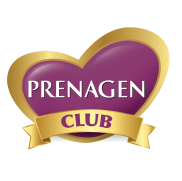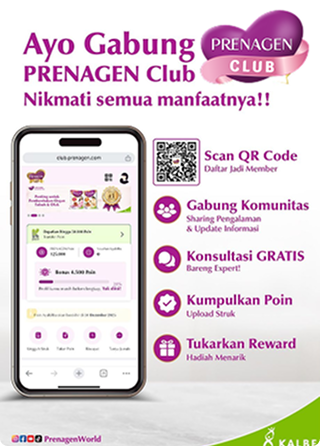How to Treat and Prevent Nipple Blisters While Breastfeeding

Breastfeeding is essential for a baby’s nutrition and bonding with the mother. However, some challenges can arise, including nipple blisters that cause pain and discomfort. These blisters can result from improper latching, clogged milk ducts, or excessive friction, making breastfeeding a difficult experience. Understanding their causes and how to manage them can help ensure a more comfortable nursing journey.
What Is a Milk Bleb?
A milk bleb, often referred to as a milk blister, is a small, white, or yellowish spot that forms on the nipple due to a blocked milk duct opening. This occurs when a thin layer of skin grows over the duct, preventing milk from flowing out freely. The trapped milk builds up, causing pain and irritation.
While milk blebs can be minor and temporary, they may lead to further complications if not treated properly. Prolonged blockages can result in inflammation or infection, which may escalate into mastitis. Identifying and addressing the condition early can prevent more severe discomfort and keep breastfeeding smooth.
What Causes Nipple Blebs?
There are multiple factors that contribute to nipple blebs and blisters during breastfeeding. An improper latch is one of the primary reasons, as it creates excessive friction between the baby’s mouth and the nipple. This issue may lead to skin irritation, making the nipple more susceptible to blisters.
Another common cause is a blocked milk duct, where milk flow is restricted due to an obstruction. When milk becomes backed up, it can increase pressure in the breast, leading to inflammation and the formation of a blister.
Mothers who experience an oversupply of milk may also be at higher risk. When milk is not fully drained, it can contribute to clogged ducts, further increasing the likelihood of milk blebs.
Breast pumps can sometimes contribute to nipple blisters as well. If the flange size does not fit properly or the suction level is too high, excessive pressure can be placed on the nipple, leading to injury.
Other potential causes include infections such as thrush, which is a yeast infection that can be transmitted between mother and baby, causing white patches on the nipples that resemble milk blebs. Additionally, wearing tight bras or damp nursing pads for extended periods can create excessive friction and lead to blisters.
What Does Milk Bleb Treatment Involve?
Treating nipple blisters involves both relieving discomfort and addressing the root cause. One of the simplest ways to manage a milk bleb is by continuing to breastfeed frequently. Regular nursing helps keep milk flowing and prevents further blockages.
Applying a warm compress to the affected nipple before breastfeeding can help soften the skin and improve milk flow. Massaging the area while nursing or pumping may also encourage the milk bleb to resolve naturally.
Some mothers find that soaking the nipple in olive oil can help loosen the skin covering the duct opening. A cotton pad soaked in warm olive oil can be placed on the nipple for a few minutes before breastfeeding to aid in breaking up the blockage.
In cases where a milk bleb persists and becomes painful, a healthcare provider may carefully open it using a sterile needle. This should only be done under professional supervision to avoid infection.
If the affected area shows signs of infection, such as redness, warmth, or pus, applying an antibiotic ointment may be necessary. A doctor can provide the appropriate medication if needed.
Preventing Nipple Blisters and Milk Blebs
Taking preventative measures can help reduce the risk of developing nipple blisters. Ensuring that the baby latches properly is one of the most effective ways to avoid friction-related irritation. Consulting with a lactation consultant can be beneficial in adjusting the baby’s latch and positioning.
Switching breastfeeding positions can also help distribute pressure more evenly on the nipples, reducing the risk of irritation. If pumping is part of the routine, using the correct flange size and adjusting suction settings can prevent nipple damage.
Keeping the nipples dry is another essential step in prevention. Allowing the nipples to air-dry after feeding and changing nursing pads frequently can help minimize moisture buildup, which can lead to friction.
Maintaining hydration and a balanced diet supports overall breast health and can help prevent issues related to milk oversupply and clogged ducts. Lecithin supplements may also be beneficial for some mothers in reducing the occurrence of blocked milk ducts.
Addressing nipple blisters early and taking proactive steps in prevention can make breastfeeding a more comfortable experience. By understanding the causes and implementing proper care, mothers can continue providing essential nutrition to their babies while minimizing discomfort.
More Latest Article

PRENAGEN Club, untuk Moms!





